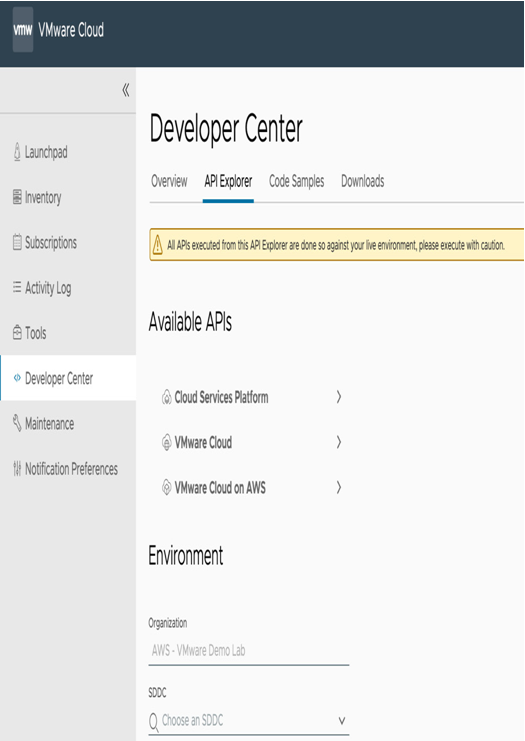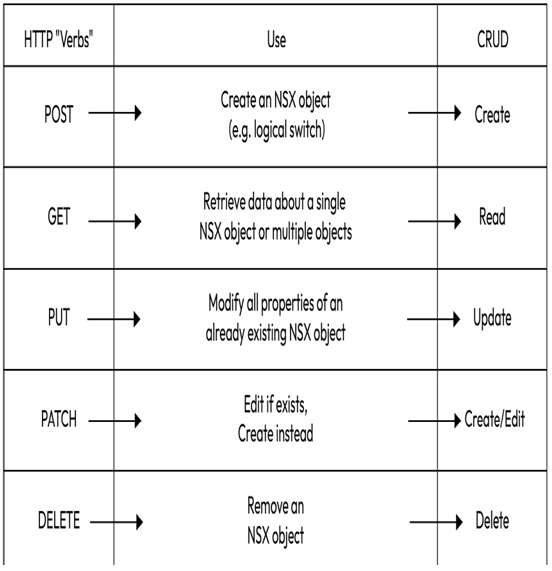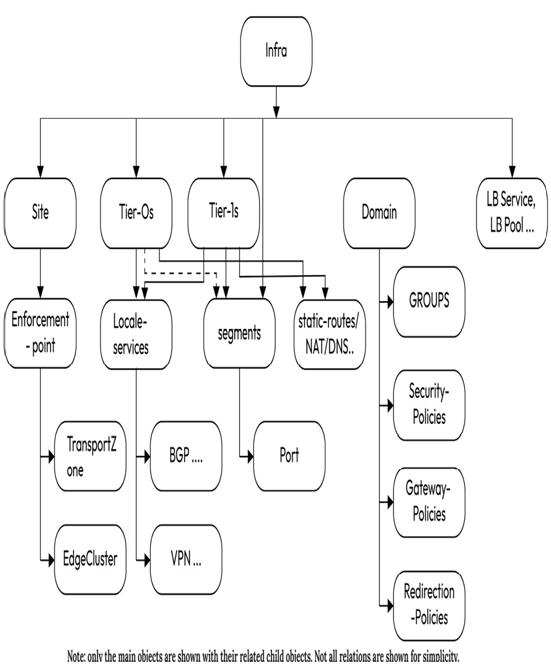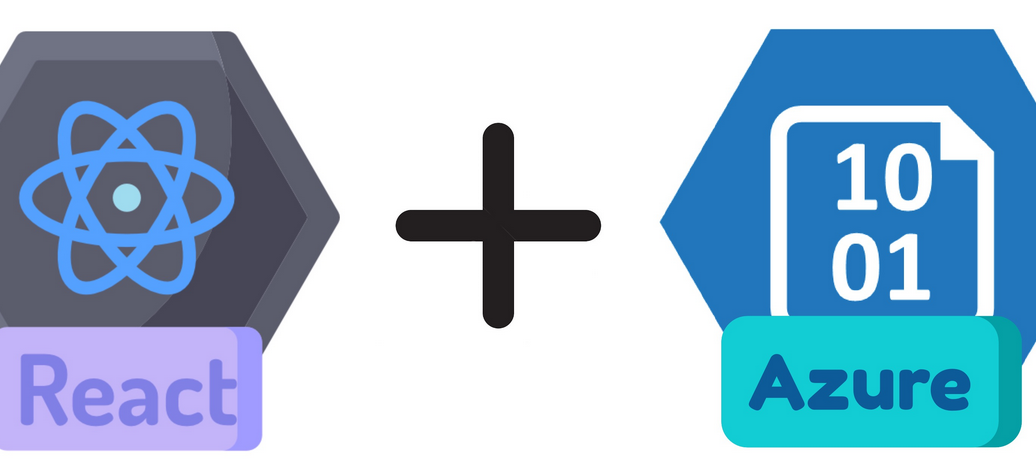The Developer Center offers various tools to manage the API structure and capture user actions that can be translated into executable code. Developers, automation engineers, and DevOps engineers can access the tools to manage the API structures and capture vSphere Client actions that can be translated into PowerCLI.
Using the API Explorer, you can navigate and execute vSphere REST APIs supported by the system, while also obtaining information and context related to the API requests. The API Explorer simplifies the navigation and execution of vSphere REST API calls. Users first choose an API endpoint from their environment and retrieve a detailed list of vSphere REST APIs. The available APIs depend on the selected endpoint. Further, users can review specific details such as available parameters, expected responses, and response status codes before executing the APIs against a VMware Cloud SDDC environment. Figure 9.5 shows the available APIs in the VMware Cloud Console Developer Center.

Figure 9.5 – Available APIs in the VMware Cloud Console Developer Center
The API Explorer features an interactive API browser that interacts with the RESTful APIs accessible from the Cloud Services API and the VMC on AWS (VMC) API. The API Explorer is integrated within the Cloud Console and uses the existing refresh token for authentication, eliminating the need for extra authentication steps. Furthermore, it automatically pre-populates specific fields, such as the Organization ID, to improve the user experience when learning about and using these APIs. The API Explorer also allows users to instantly execute the API calls and view the live responses, making it easy to comprehend and understand the given API.
The API reference guides are available at https://developer.vmware.com/apis.
NSX-T Data Center REST API
NSX-T is the new default networking stack for VMC on AWS, replacing NSX-V. It offers additional networking and security capabilities and can be controlled using the NSX-T Policy API. To get started with the new API, customers can refer to the official documentation and tutorials provided by VMware.
Unlike NSX-T deployments on premises where the NSX-T API is used, VMC on AWS uses a new NSX-T Policy API that has been introduced to simplify the consumption of NSX-T. Both on-premises and VMware Cloud environments can be consumed using the NSX-T Policy API.
The core of NSX network automation centers around the primary access point into NSX via REST APIs. Like conventional REST APIs, NSX-T APIs facilitate the following API verbs: GET, PATCH, POST, PUT, and DELETE. The table displayed as follows outlines their usage:

Figure 9.6 – NSX-T Policy API verbs
The updated NSX Policy APIs reduce the configuration steps by allowing users to determine an optimal means to achieve the desired outcome. In addition, the NSX-T Policy APIs offer a streamlined data model that can be consumed via an intent-based approach. This data model is based on a hierarchical tree structure, as demonstrated in the following diagram.

Figure 9.7 – The NSX-T API object model
The hierarchical tree structure is made of strongly typed nodes that have parent/child and peer relationships with each other. Of course, this model maps easily onto the REST APIs. Because the object model is based on a single tree, object names/IDs translate to URIs and are user-friendly Users can configure a given ID, unlike traditional API models where the ID is system generated. This helps to accelerate the development of network automation. Since objects are easily identifiable, they can be referenced without having to make a GET API call to retrieve the system-generated IDs.
